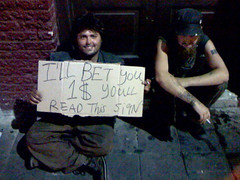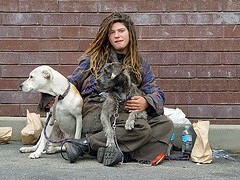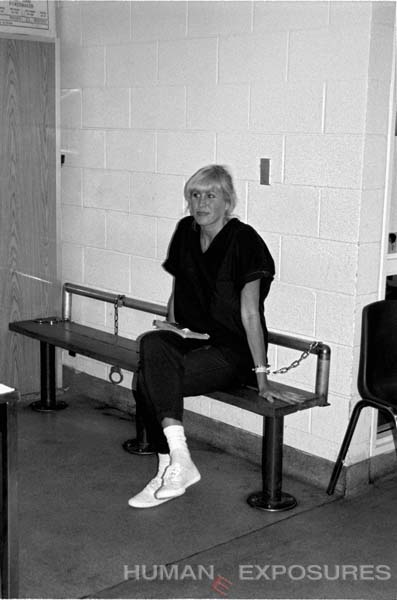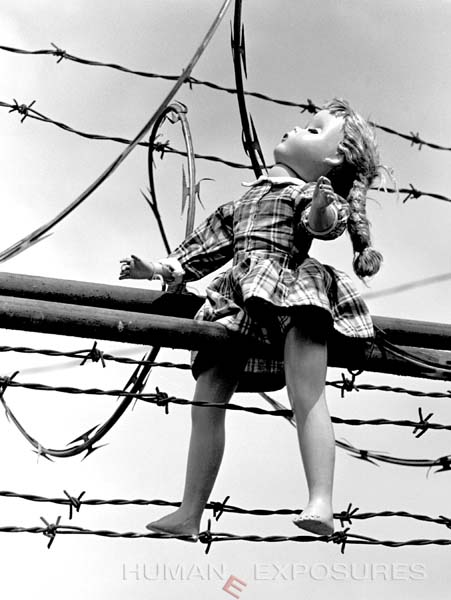Because four of five juvenile crimes involve drugs, the first juvenile drug court program began operations in Key West, Fla., in October 1993. By June 2009 there were approximately 500 juvenile drug courts operating in the United States, and the number of them has continued to grow.
A National Institutes of Justice Report on Juvenile Drug
Courts found that in studies of 70 courts, recidivism went down for participants.
Professional personnel involved with these programs agree that juvenile drug courts exercise more intensive supervision over juvenile offenders than do traditional juvenile courts. It is believed that the rigorous monitoring of participants and the treatment and rehabilitation requirements of juvenile drug court programs promote a greater likelihood of success in reducing drug use and delinquent activity than can be achieved through most existing juvenile court processes.
Frequently established within juvenile courts, juvenile drug courts are intensive treatment programs that provide specialized services for drug-involved youth and their families. Service areas include substance abuse treatment, mental health, primary care, family assistance and education.
The DOJ report cites eight key elements of an effective juvenile drug court program:
- Its team should include, at a minimum, a judge, prosecutor, defense attorney, treatment provider, evaluator and school representative, working collaboratively to meet the needs of the juvenile and his or her family.
- Intervention by the court should be as soon as possible following the juvenile’s initial contact with the justice system and there should be continuous judicial supervision through frequent (often weekly) status hearings with the juvenile and his or her family.
- There should be development of a court-supervised program of substance-abuse treatment and other core services to address the multifaceted issues that the juvenile and his or her family face (such as the juvenile’s substance use, family and educational needs and behavioral problems as they affect his or her ability to lead a drug-free life).
- There needs to be effective coordination of treatment and other services.
- Ongoing monitoring of the youngster’s progress in the program through frequent random urinalysis, continuous supervision and proactive case management is important.
- Essential is immediate judicial response to the progress of each participating juvenile or his/her noncompliance with the court’s program conditions.
- The judge should be concerned about juveniles and their families, sensitive to cultural and other factors unique to each participant and interested and trained in adolescent development and behavior, substance abuse and pharmacology.
- The program philosophy should focus on capitalizing on the strengths of each juvenile and his or her family.
Juvenile drug court services should also promote competency development (e.g., writing, computer literacy, and artistic skills) and the ongoing interaction between treatment and court processes.
Among the special attributes of juvenile drug court treatment services are:
- Early and extensive assessment of the juvenile and his or her family situation.
- Provision of developmentally based, gender-specific and culturally appropriate treatment and other core services.
- Significant focus on family therapy and other services to assist and improve the capacity of the family and juvenile to work together to achieve program goals.
- Sustained attention to each juvenile participant’s school performance, peer relationships, development of competencies and self-esteem.
- Ongoing case management of services to ensure that the program meets each participant’s current needs.
The initial period of juvenile drug court operations brought to light a number of other special issues that were not readily apparent at the start. The nature of juvenile drug court participants’ substance use and other problems is complex, requiring the provision of an array of family services, specialized treatment, and other core adolescent services. Programs frequently report not only considerable substance use by youth but significant percentages of participants with mental health problems (particularly depression, fetal alcohol syndrome or effects, and learning disabilities) and physical difficulties. In many instances, the nature and extent of these problems do not become apparent until a juvenile has been involved in the program for some time. Ongoing and updated assessments are therefore essential.
The initial experience of juvenile drug courts strongly suggests that services need to be family-focused and complemented by a sound program of other core adolescent services. In addition, individualized treatment services usually need to be developed for participants. Programs also must enable participants to develop the capacity and the self-confidence to fill time previously devoted to drugs and crime with productive activity, thereby increasing the likelihood that they will lead drug- and crime-free lives.
The DOJ report examined seven “exemplary” programs serving 1203 teens, aged 12-18, in FL, CA, NM, MO and MT communities. They each had retention rates of 56% to 77%.
In addition, a number of juvenile drug courts have been adopting the Multisystemic Therapy (MST) approach, which is designed to provide family-based treatment to reduce or eliminate the need for out-of-home placement. MST’s “family preservation” model of service delivery is based on the evidence-supported belief that the most effective strategy for helping substance-involved juvenile offenders is through improving intra-familial relations and assisting the family in providing the support structure that can function during and after the period of the court’s intervention.
The MST approach was developed in response to the lack of scientifically proven, cost-effective strategies designed to treat adolescent substance abuse. Preliminary evaluation of MST programs has indicated that, compared with traditional service, MST has been significantly more effective in reducing long-term rates of criminal behavior and also is considerably less expensive. Additional evaluations now in progress appear to corroborate these results.












 Among the significant number of homeless teens on the street there are many who have been reduced by circumstances to prostitution. It’s a grim and ugly reality.
Among the significant number of homeless teens on the street there are many who have been reduced by circumstances to prostitution. It’s a grim and ugly reality. So many of our societal ills can be traced back to failures in the American educational system. Thus it is vitally important that we take an interest in that system and how it’s functioning.
So many of our societal ills can be traced back to failures in the American educational system. Thus it is vitally important that we take an interest in that system and how it’s functioning. As we watch the economy spiral seemingly out of control, the specter of homelessness looms disturbingly close for people of all socioeconomic strata. Add in the chaos in the American housing market, and the picture becomes starkly unpleasant.
As we watch the economy spiral seemingly out of control, the specter of homelessness looms disturbingly close for people of all socioeconomic strata. Add in the chaos in the American housing market, and the picture becomes starkly unpleasant. The issue of imprisoned women is the elephant in the room. A quick Google search reveals that it is a well-known problem, and one that is getting steadily worse. There’s even an article about alternatives to incarceration for women on the popular “how-to” website eHow.
The issue of imprisoned women is the elephant in the room. A quick Google search reveals that it is a well-known problem, and one that is getting steadily worse. There’s even an article about alternatives to incarceration for women on the popular “how-to” website eHow.








